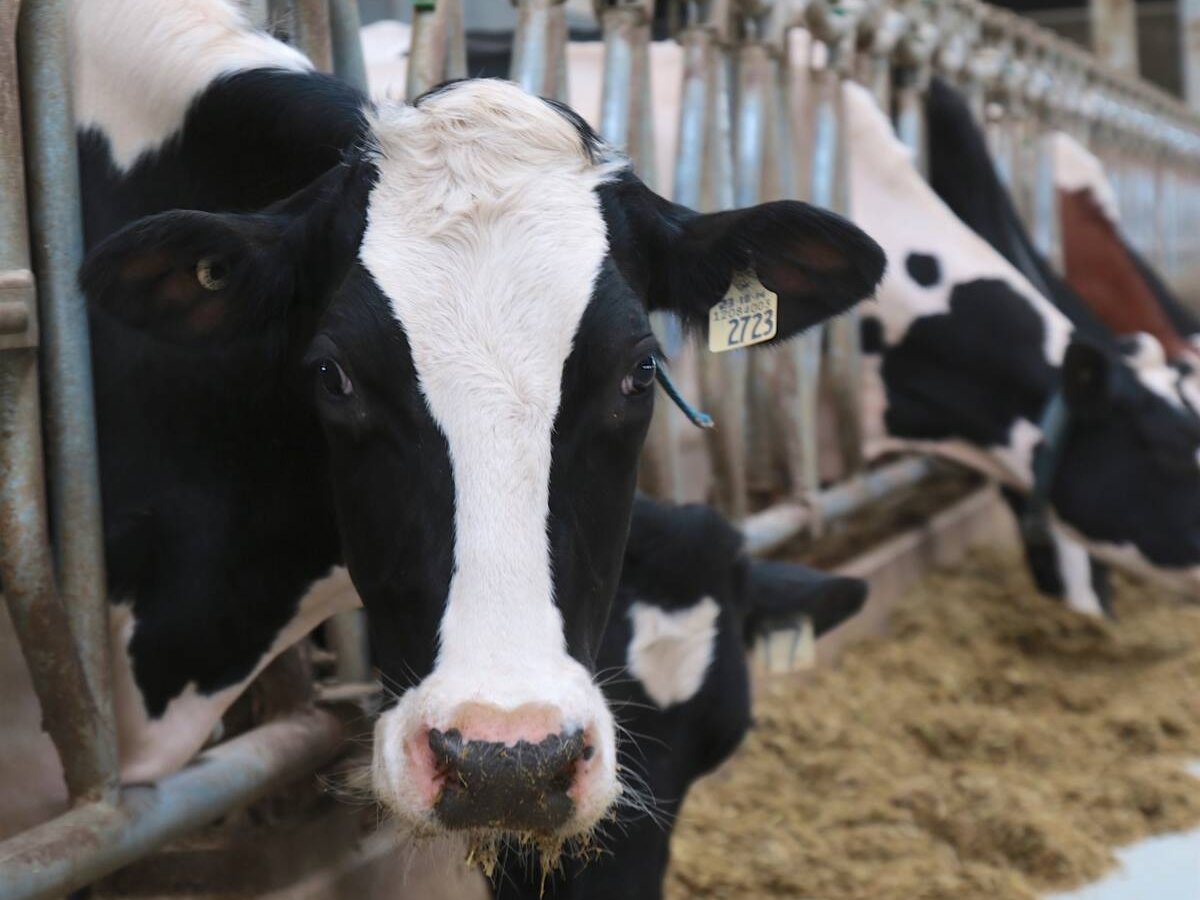Should I lease or buy my next piece of equipment?
This is a common question from farmers and small business owners.
Unfortunately there is no clear cut answer because the factors affecting the decision will almost never be the same. That being said, here are some things that should be considered when making the decision.
A piece of equipment becomes the property of the buyer when it is purchased and will be treated as an asset on the farm’s records.
The full amount paid for the equipment is not fully deductible when paid. Instead, it is slowly deducted against the income of the farm in the form of what is called a capital cost allowance.
Read Also

The Organization for Economic Co-operation and Development lauds Canada’s low farm subsidies, criticizes supply management
The Organization for Economic Co-operation and Development lauded Canada’s low farm subsidies, criticized supply management in its global survey of farm support programs.
This can provide tax planning flexibility because the full amount of the allowance does not have to be claimed every year, allowing producers to defer the reduction to future years where they have higher income.
Machinery can cost much more than it did five to 10 years ago. Fewer farmers have the capital to outright buy the equipment, and are choosing to use low interest rates to finance the purchase.
Every situation is different, but financing usually requires the buyer to make a down payment and typically results in higher payments than those of a lease. Always look at all your options if you decide to finance your purchase because the rate provided by the dealership may not be the best for you.
Equipment technically remains the property of the dealership when it is leased. There is typically a buyout option for the farmer at the end of the lease term.
Unlike purchasing, lease payments are deductible for tax purposes in the year paid and typically will result in a larger reduction of the farm’s taxable income.
However, remember that you are not able to choose how much you can deduct for tax purposes, unlike a capital cost allowance deduction. This limits the amount of tax planning that can be done for the business.
Lease payments are often less than what they would be if you financed the entire cost. Typically the lower the lease payments, the higher the buyout option at the end of the lease. This can result in better cash flows and free up more capital to help with operations during the lease term.
Leasing can also reduce risk if you believe that the price to acquire the same piece of equipment will de-crease in the future or if you believe the buyout option amount will be less than the market value of the equipment at that time.
Many factors can affect the decision and each one should be considered.
You may wish to contact a professional to ensure that your analysis is correct before making a final decision.














